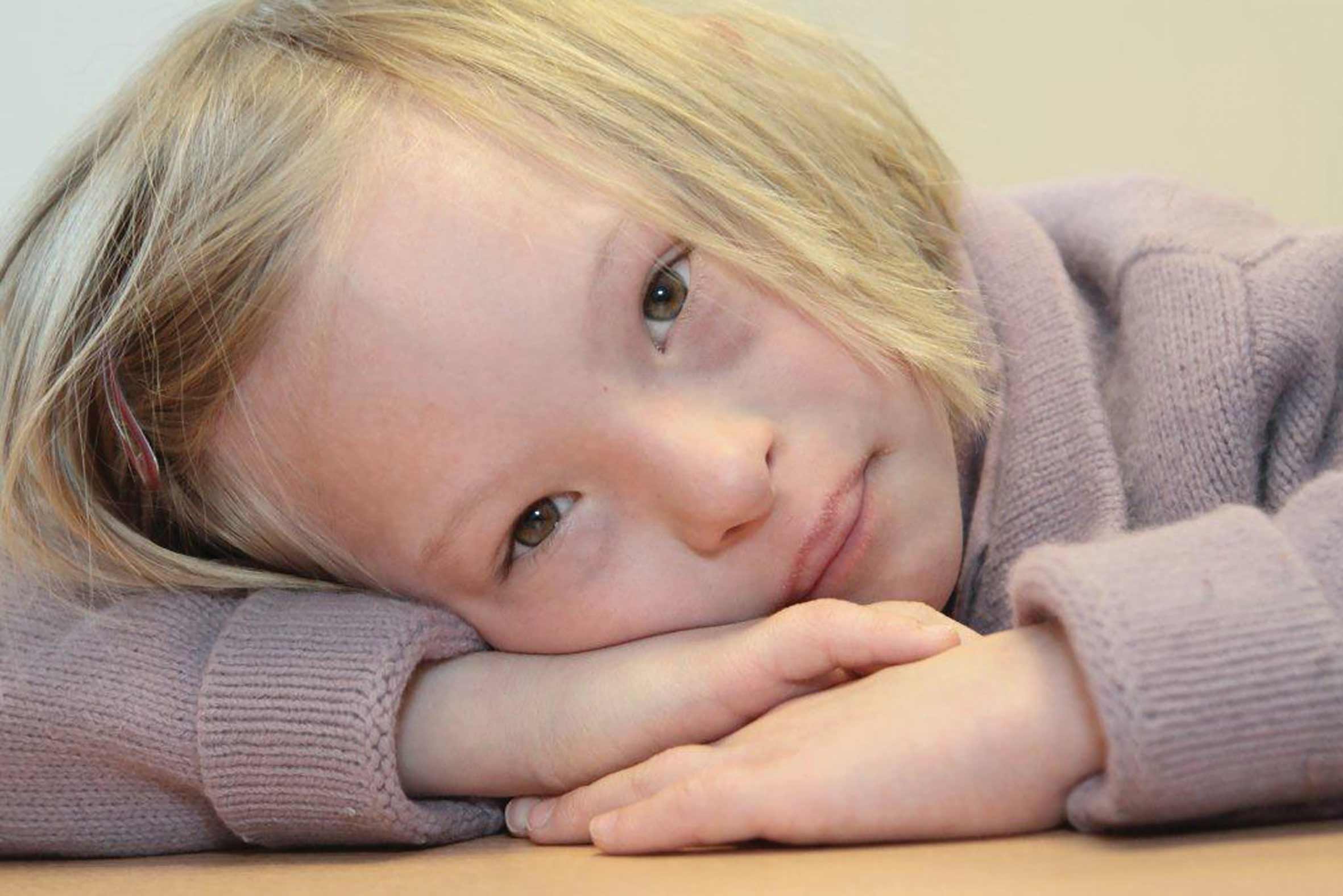Following the recommendation of the National Screening Committee (see NIPS: ethical questions pending), the NHS[1] has announced its intention to make NIPS available in 2018. “We want women to have safer screening tests available to them, (…) we approve the use of NIPS for Down syndrome and for Edwards and Patau syndromes”, explained Health Minister, Philip Dunne. However, although the non-invasive prenatal screening test (NIPS) should “reliably” detect Down syndrome “with no risk to the foetus” unlike amniocentesis (2% risk for the foetus), its introduction will lead to an increase in the number of abortions.
Currently, 7,900 women consent to an invasive test and 46 of them have a miscarriage. Almost 2,000 women choose not to undergo amniocentesis either because they are afraid of losing their baby or because they want their pregnancy to go to full-term, regardless of whether or not the baby has Down syndrome.
The new test should be offered to approximately 10,000 women each year who are most likely to give birth to a baby with one of these 3 genetic disorders. All of the women will continue to have the same tests 3 months into their pregnancy, but the new test will be available to those confirmed to be at greater risk after the first screening test. An invasive test will always be possible to confirm the diagnosis.
If the new blood test is offered primarily for the baby’s safety, there are fears that the number of parents wishing to find out if their baby has Down syndrome could rise. This will reduce the number of children presenting with these genetic disorders if more parents opt for an abortion.
This announcement fuelled controversy in England when actress Sally Philips presented a documentary in which she spoke of the happiness she shared with her son, Olly, who has Down syndrome (see Sally Philips: Are we heading towards a world without Down syndrome?). In the programme, she shared her views about this new test and her problem understanding why women would choose to abort a child with this condition.
[1] National Health Service.
The Guardian (Sarah Boseley) 29/10/2016

